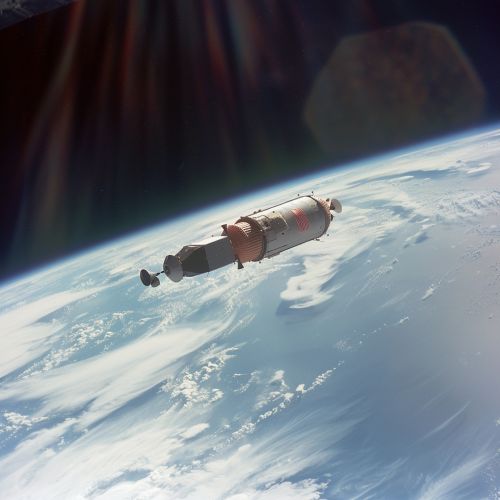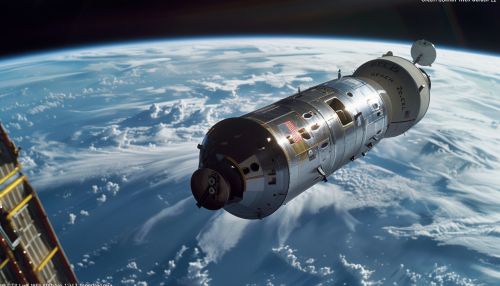Gemini 12
Mission Background
Gemini 12 was the tenth and final manned mission in NASA's Gemini Program. The mission was launched on November 11, 1966, from Cape Kennedy, Florida. The primary objectives of the mission were to rendezvous and dock with a target vehicle, conduct extravehicular activities (EVA), and perform scientific experiments. The mission was commanded by James A. Lovell Jr., with Edwin E. Aldrin Jr. serving as the pilot.


Mission Objectives
The primary objectives of Gemini 12 were to rendezvous and dock with an Agena target vehicle, conduct EVA, and perform scientific experiments. The mission also aimed to test the astronaut's ability to work in the vacuum of space and to evaluate the spacecraft's systems and procedures. The mission was considered a success, with all primary objectives achieved.
Mission Highlights
Gemini 12 was launched on November 11, 1966, from Cape Kennedy, Florida. The spacecraft successfully rendezvoused and docked with the Agena target vehicle approximately 1 hour and 34 minutes after launch. This was the fourth successful docking for the Gemini program.
The first EVA was conducted by Aldrin on November 12. He spent 2 hours and 29 minutes outside the spacecraft, during which he performed various tasks to evaluate his ability to work in the vacuum of space. Aldrin also took photographs of stars and the Earth, which were used for scientific analysis.
The second EVA was conducted by Aldrin on November 13. He spent 55 minutes outside the spacecraft, during which he performed additional tasks and experiments. Aldrin also took more photographs of stars and the Earth.
The mission ended on November 15, 1966, when the spacecraft splashed down in the Atlantic Ocean, approximately 600 kilometers east of the Bahamas. The astronauts were recovered by the aircraft carrier USS Wasp.
Scientific Experiments
Gemini 12 carried a number of scientific experiments. These included experiments to study the Earth's atmosphere and ionosphere, the solar spectrum, and the radiation environment in space. The mission also carried experiments to study the physiological effects of spaceflight on the astronauts.
Legacy
Gemini 12 marked the end of the Gemini program. The program achieved its goals of developing techniques for orbital rendezvous and docking, performing EVA, and conducting scientific experiments in space. The knowledge and experience gained from the Gemini program were crucial in the success of the subsequent Apollo Program, which achieved the goal of landing humans on the Moon.
